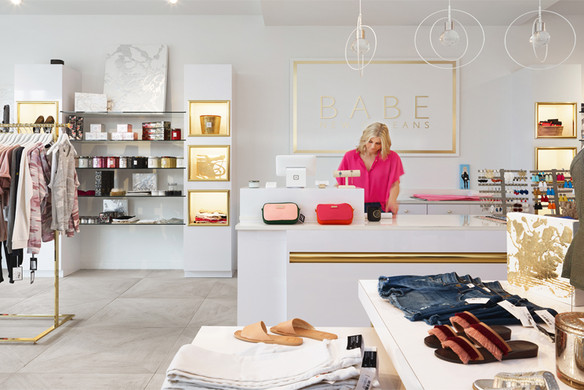Table of contents
Making retail operations more efficient should be at the top of every business owner’s to-do list. But first you need to understand all that it encompasses.
Retail operations include everything it takes to keep a store running smoothly. That includes layout, design, pricing, inventory, customer service policies, forms of payment accepted, and much more. Let’s take a closer look.
What do retail operations include?
Depending on the size and scale of your business, retail operations can be fairly complex. You may have dedicated teams to handle each category. If you have multiple locations, you want to standardize operations so your business has the same look, feel, and experience across the board.
Some of the sub-roles that go into this standardization include store design, customer service, product inventory, employee training, and store management. When you open a new location, onboard new staff members, or conduct day-to-day business, you want to ensure that you have the same high level of service and quality that your customers expect.
4 steps to optimize your retail operations
1. Create standard procedures/processes for your retail store.
As noted above, standardization helps ensure a quality experience across locations. That’s why you need to create a set of procedures to guarantee a seamless management process.
Staffing guidelines: Quality employees are vital to your business. The hiring and training process should not be an afterthought (especially for small businesses). Create a hiring team and employee manuals to set standards for training, conduct, and company procedures.
Cash management processes: Every business deals with cash management differently. But it’s important to set rules that cover everything from employees using the point-of-sale system to who makes bank transfers and when they do it.
Merchandise handling, inventory counting, warehouse management: Keeping accurate inventory counts is especially important with omnichannel retail. Automating these systems is an efficient means of tracking products across locations.
Supply chain management: You need to be able to source products and materials and get them to your stores and your customers in time. If you don’t, you won’t be in business very long. Communication, transparency, and diligent tracking is key to ensuring that you stay on top of logistics.
Customer service: Everything from greeting guests to return policies should be detailed in your customer service policy. Employees should be trained in this from their first day on the job. Customer service guidelines should be included in the employee manual. It’s also a good idea to hold refresher courses, especially if you update any of your policies.
In-store cleaning procedures (opening, closing, midday shifts): The extent to which employees are expected to clean varies by business, but it’s fair to say that keeping your store neat and tidy is everyone’s job. Set guidelines for what is expected, cleaning-wise, per shift. For example, employees working open-to-midday shifts might be expected to straighten products on shelves and spot-clean as needed. But employees working a closing shift might be expected to sweep, vacuum, and wipe down doors at the end of the night.
2. Train staff.
Create a standard for screening applicants, and involve some of your senior employees in the interview process. Create an employee manual and a new-hire onboarding process, and assign an experienced staff member to train new ones. Training should also be standardized so that every employee has the same preparation.
3. Automate processes with technology.
Integrating technology into your retail operation is an easy way to boost efficiency and standardize processes across locations. With Square Dashboard, you can track sales by employee, monitor inventory, manage timecards, accept payments, and more. You can enable your whole staff to use the system (and control access to certain features via employee passcodes), so every person at every location is using the same POS, which is all linked to the Dashboard.
Not only does investing in technology like Square for Retail make it painless to manage your entire business all from one place, but with add-ons such as Square Loyalty you can strengthen customer relationships with ease – all from one place.
4. Create custom operational workflows for your retail store.
Even if you want each store to have the same level of quality, you might also need to operate certain locations differently. For example, the procedures at a pop-up, due to its short-term nature, might vary from those at a permanent brick-and-mortar location. The temporary employees there might go through an abbreviated training process. Or, if certain locations are part of an omnichannel strategy, employees might be dedicated to processes like fulfilling buy online, pick up in store orders and returns.
No matter the situation, make sure to tweak your training manuals and guidelines to take these circumstances into account. This will help you continue to maintain a consistent quality level.
![]()











